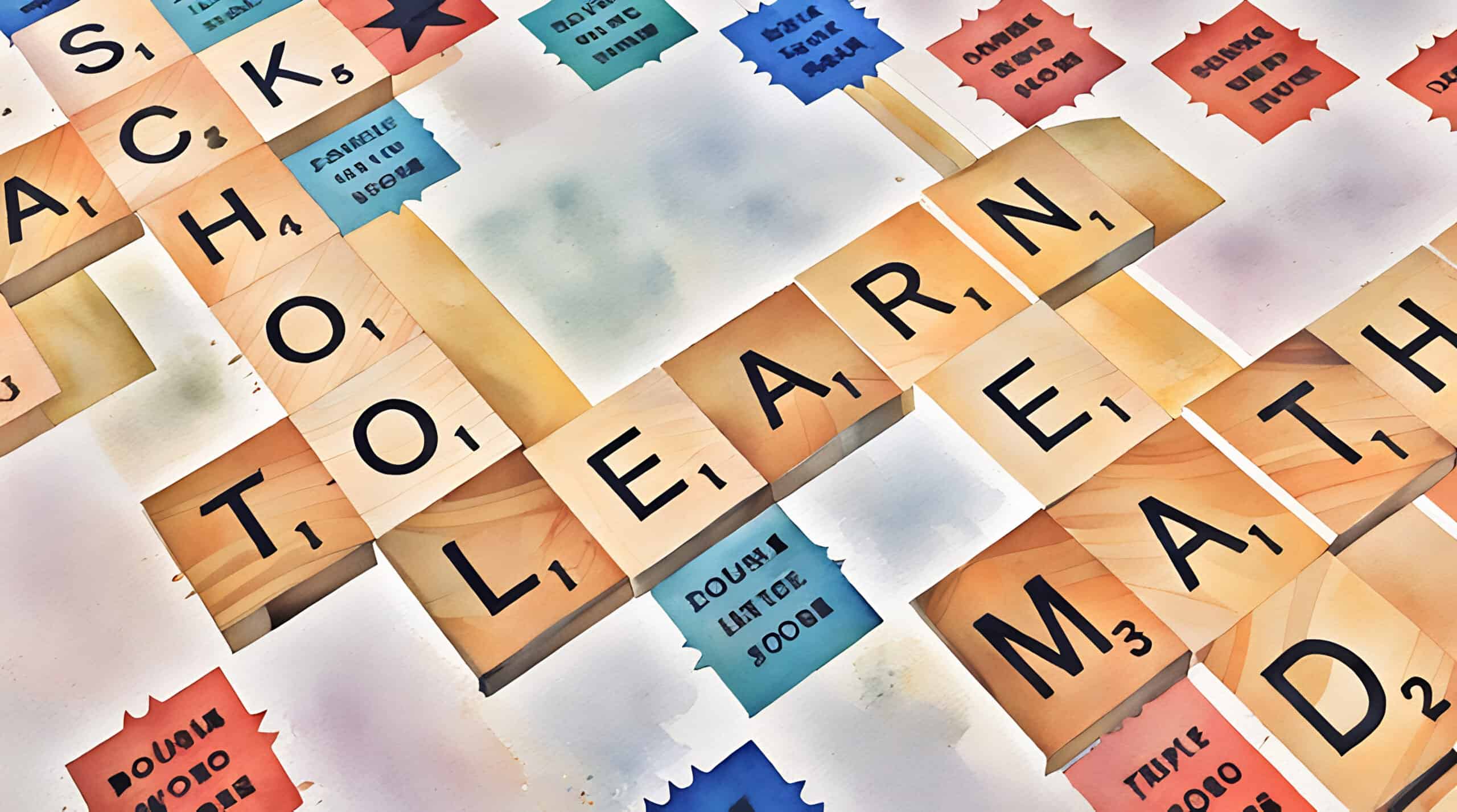Salut! If you're diving into the world of children's literature, you’re about to discover something truly magical. Children’s books are not just stories; they’re windows to new ideas, emotions, and experiences. A great book can help a child grow their vocabulary, understand how to solve problems, and even navigate their feelings. But here's the million-dollar question: how do we make sure our stories are not only entertaining but also packed with useful lessons? Let’s chat about how to strike that perfect balance between fun and learning in children’s books!
Why Educational Content Matters
First things first—educational content is super important in children's books! When done right, these stories can help kids learn new words and develop better language skills—all while getting lost in exciting narratives. Imagine a tale where a character goes on a treasure hunt, and along the way, they have to solve math puzzles or figure out simple science mysteries. That’s not just teaching; it’s sparking curiosity!
Books with educational content also help kids think on their feet. When they read about characters faced with tricky situations, they start thinking of creative solutions themselves. This kind of storytelling lays the foundation for strong problem-solving skills that kids will use throughout their lives.
Making Learning Fun!
Now, let's chat about something equally essential: making sure the book is entertaining! If a story doesn’t grab a child's attention, it won't matter how educational it is. Engaging characters and exciting plots are what keep young readers turning those pages. A sprinkle of humor and a dash of adventure can transform a teaching moment into a thrilling ride.
One fun way to keep kids engaged is to add interactive elements. What if a book occasionally asks questions or invites the reader to guess what happens next? This not only makes reading fun but also turns it into an active learning experience.
Tips for Balancing Fun and Learning
So, how can authors blend education with entertainment without making it feel forced? Here are some easy ways to do just that:
1. Weave Education into the Story: Instead of throwing in random facts, integrate educational themes into the story. For example, if your character is a budding inventor, let them explore physics and engineering through their adventures!
2. Create Relatable Characters: Kids learn best when they can connect with characters. If your characters deal with everyday challenges, like friendship or teamwork, kids will relate and learn valuable lessons at the same time.
3. Use Visuals: Bright, colorful illustrations or helpful diagrams can reinforce what kids are learning. They're not just pretty pictures; they help solidify concepts in a memorable way!
The Benefits of Well-Balanced Books
When children's books manage to blend education and fun, the rewards are tremendous. A well-crafted story can do more than just entertain—it instills a love for reading and curiosity that encourages lifelong learning. And when kids actively engage with the content, they're more likely to remember what they’ve learned.
Plus, stories that touch on emotional and social themes help children understand their own feelings and relationships. This boosts their emotional intelligence, which is just as important as academics!
Examples to Inspire
Many beloved children’s books have done a fantastic job of combining fun and education. Classics like "Where the Wild Things Are" by Maurice Sendak and "The Very Hungry Caterpillar" by Eric Carle are perfect examples. They enchant readers while subtly teaching them about emotions and nature.
In today’s world, books like "Ada Twist, Scientist" by Andrea Beaty and "The Pigeon Needs a Bath!" by Mo Willems continue this tradition. They engage kids with their captivating stories while nudging them to be curious and think critically.
Tips for Writers and Parents
For those crafting children’s books or selecting them for little readers, evaluating the educational value is key. Ask yourself if the book sparks curiosity, encourages imagination, and promotes critical thinking. Look for stories that blend educational themes, relatable characters, and eye-catching visuals.
For parents, adding educational books to your daily routine can create meaningful experiences. Set aside special reading time, spark discussions about the story, or even whip up fun activities related to the book to boost those lessons.
Balancing education and entertainment in children's books isn’t just about making learning fun—it’s about empowering a child's growth and future success. By encouraging authors to create well-rounded stories and guiding parents to choose thoughtful literature, we can nurture a love of reading that fuels young minds. So let’s work together to inspire the next generation with children's books that not only educate but also entertain, creating a bright path for curiosity and imagination!
